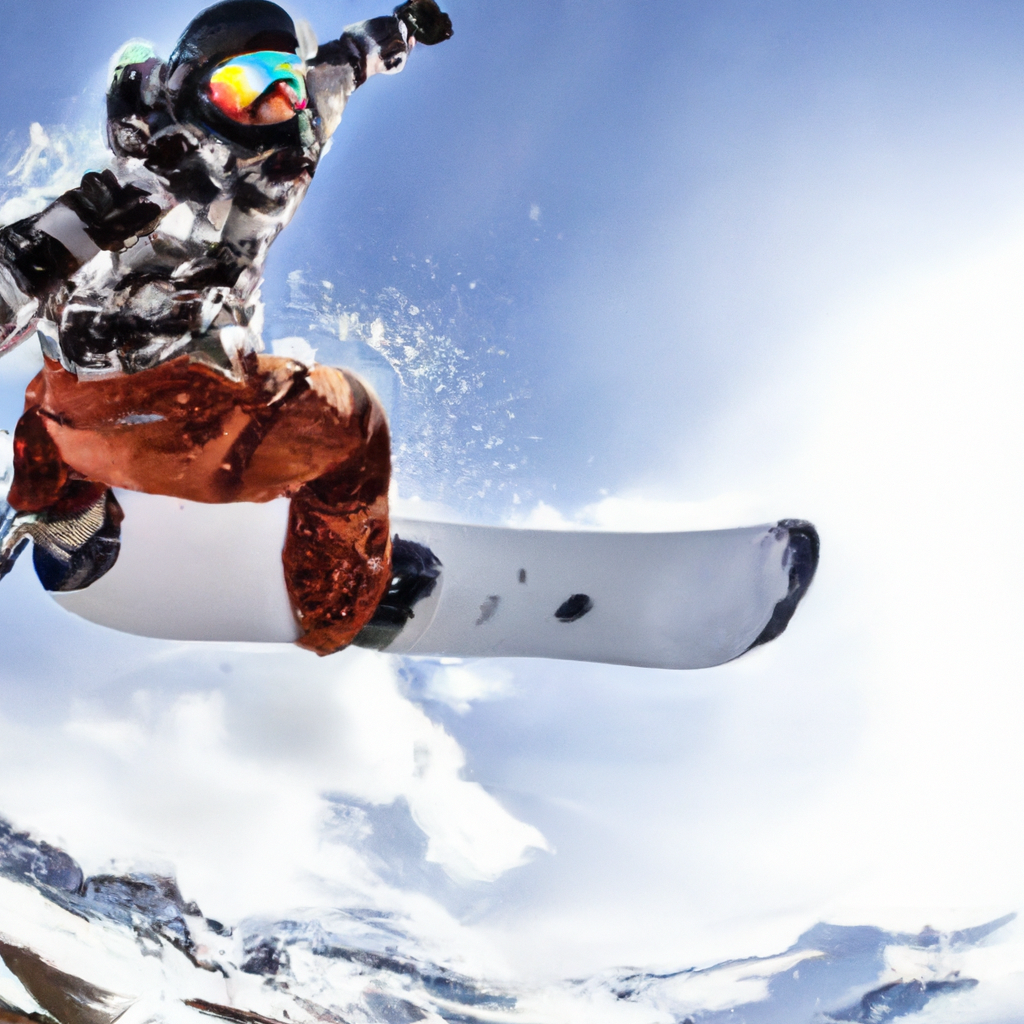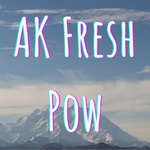
10 Tips for Snowboard Carving Turns
In the video “10 Tips for Snowboard Carving Turns” by SnowboardProCamp, the host provides a comprehensive guide for improving snowboard carving turns. The video emphasizes the importance of carving as an aggressive way to turn with speed and control, which is essential for advanced snowboarding techniques like spinning tricks in the park and riding the half pipe. The host offers tips such as starting with one turn at a time, focusing on bending knees and sitting in a chair position, exaggerating movements for improved balance and control, and linking the carves together on a mellow slope. Other tips include adapting carve shape to the slope, balancing over the board, filming oneself for learning and self-assessment, and prioritizing safety while practicing carving turns. Overall, the video aims to help snowboarders enhance their carving skills and enjoy the thrilling experience of riding the slopes with precision and style.
Throughout the video, the host and his friend demonstrate the tips with live examples on Whistler mountain, showcasing effective techniques for toe and heel carves. They emphasize the importance of starting on a mellow slope, gradually progressing at one’s own pace, and prioritizing safety. The engaging and conversational tone of the video, along with the practical advice and demonstrations, make it a valuable resource for snowboarders of all skill levels who are looking to improve their carving turns. By following these 10 tips, viewers can gain the confidence and skills necessary to carve with speed, control, and finesse, ultimately enhancing their snowboarding experience.
10 Tips for Snowboard Carving Turns
Snowboard carving turns can be a thrilling and exhilarating experience on the slopes. Carving is an aggressive way to turn with speed and control, and it is essential for advanced tricks and maneuvers in snowboarding. Whether you are a beginner looking to learn the basics or an experienced rider wanting to enhance your carving skills, these 10 tips will help you improve your snowboard carving turns and enhance your overall riding experience.
Tip 1: Start with the Basics
To begin improving your snowboard carving turns, it is important to start with the basics. Focusing on one turn at a time allows beginners to learn and understand the techniques involved in carving. By concentrating on either the toe or heel carve, riders can gradually build their skills and confidence on the slopes. Starting on a mellow slope provides a comfortable learning environment to practice and master each turn.
Tip 2: Focus on Body Position
Body position plays a crucial role in executing successful snowboard carving turns. Bending your knees creates stability and allows for better control throughout the turn. For toe carves, focus on bending your knees toward the snow, while for heel carves, concentrate on sitting in a chair position. Maintaining a balanced stance throughout the turn helps distribute your weight evenly, resulting in smoother and more controlled carves.

Tip 3: Exaggerate Movements
Working on balance and control is essential for improving snowboard carving turns. To develop these skills, it is beneficial to exaggerate your movements. By pushing your knees down into the snow and sitting as low as possible during the turn, you can maximize your balance and control. Exaggerating these movements helps develop muscle memory, allowing for more precise and controlled carves over time.
Tip 4: Adapt Carve Shape to the Slope
The angle of your turns plays a significant role in the success of your snowboard carving turns. Adjusting the shape of your carve to the slope you are riding on is crucial. On mellow or flat slopes, aim for bigger, more open carves. As the slope becomes steeper, tighten up your carves, making them smaller and more aggressive. Steering your snowboard with your knees allows you to change the shape of your carves and facilitate smoother transitions between turns.

Tip 5: Find Balance and Visualization
Finding balance and developing a mental image of your ride is key to improving snowboard carving turns. Balancing your weight over the board helps maintain control and stability throughout the turn. This can be achieved by keeping your hands positioned over the nose and tail of your snowboard. Additionally, developing a mental image of each carve allows for smoother and more precise execution. Visualize yourself completing each turn with fluidity and grace, enhancing your overall carving ability.
Tip 6: Utilize Filming for Self-Assessment
Filming your carving turns can be a helpful tool for self-assessment and improvement. By recording your rides and analyzing your technique, you can identify areas for refinement. This visual feedback allows you to see whether you are maintaining proper body position, executing clean lines, and maximizing your balance and control. Reviewing the footage will provide valuable insights into your riding style and areas that need improvement.
Tip 7: Bend Your Knees
Bending your knees is not only a fundamental aspect of snowboarding but also crucial for successful carving turns. By bending your knees around each carve, you can relieve pressure on your legs, preventing fatigue and injury. Moreover, bending your knees improves your carving technique by facilitating smoother transitions between turns. Maintaining a smooth and controlled motion throughout the carve becomes much easier with proper knee bend.
Tip 8: Progress at a Comfortable Pace
When learning and improving snowboard carving turns, it is important not to rush your progress. Each rider’s skill level and learning curve are unique. Gradually increasing the difficulty of your carves and advancing at a comfortable pace allows for a more enjoyable and safer experience. Rushing can lead to a loss of control and increase the risk of accidents. Prioritizing safety while practicing is essential to maintain a positive and progressive carving journey.
Tip 9: Safety Precautions
Safety should always be a top priority when engaging in any snowboarding activity, including carving turns. Wearing appropriate protective gear, such as a helmet, goggles, and wrist guards, is essential to minimize the risk of injury. Being aware of your surroundings and following snowboarding etiquette, such as yielding to other riders and respecting trail rules, helps maintain a safe and enjoyable environment for everyone. It is important to educate yourself about the specific safety guidelines and regulations of the resort you are visiting.
Conclusion
By following these 10 tips, you can improve your snowboard carving turns and enhance your overall riding experience. Starting with the basics, such as focusing on one turn at a time and practicing on a mellow slope, allows beginners to learn and build their skills gradually. Focusing on body position, exaggerating movements, and adapting carve shape to the slope helps improve balance, control, and precision. Finding balance, developing a mental image of your ride, and utilizing filming for self-assessment are additional strategies for refining your carving technique. Lastly, bending your knees, progressing at a comfortable pace, and prioritizing safety ensure a positive and progressive carving journey. With dedication, practice, and continuous self-assessment, you can master the art of snowboard carving turns and enjoy the thrill of carving down the slopes.
